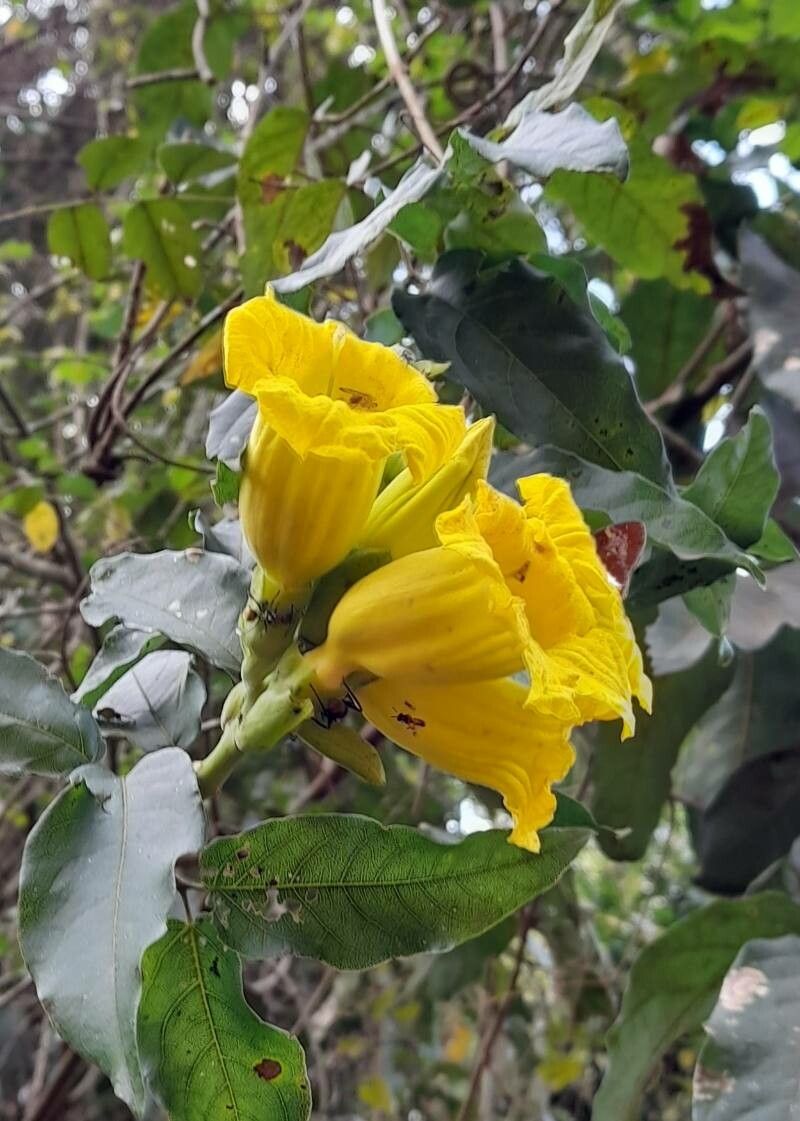How to Propagate Adenocalymma marginatum
The Brazilian Clockvine, a cascade of emerald and vibrant blooms, teased with its fleeting seed viability. Cuttings, however, whispered a different story—a promise held within each semi-hardwood stem. The scent of rooting hormone, a potent elixir, mingled with the earthy fragrance of the propagating mix. Days bled into weeks, a tense vigil punctuated by the thrill of nascent roots, tiny tendrils reaching for life. Each successful cutting, a tiny victory, a testament to patience and the quiet magic of coaxing life from a snippet of the vine’s vibrant self. The reward? Not just more clockvines, but a profound connection to the heart of this botanical marvel.







